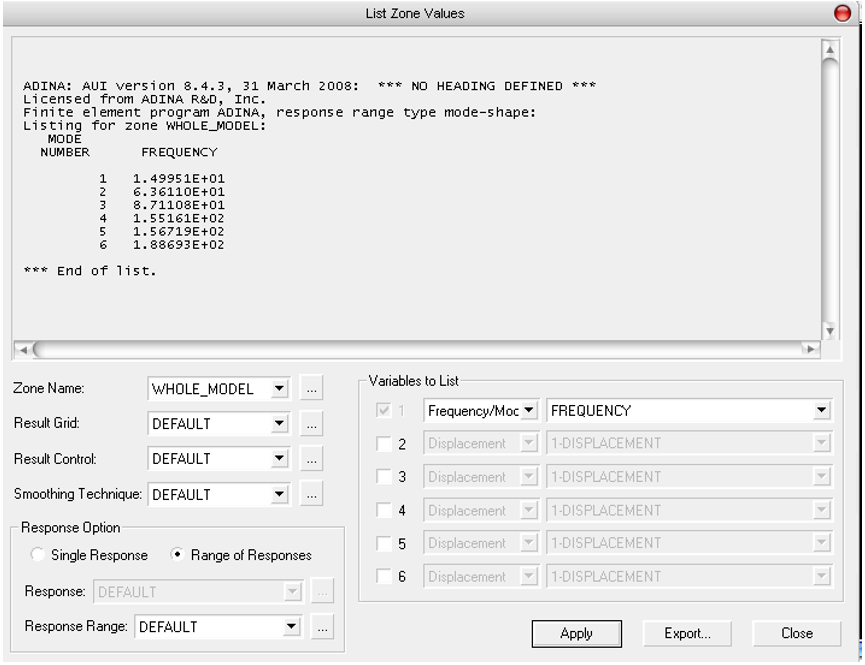




read more











Increasing the gap on the biplane with endplates increases the lift force and reduces the lift-induced drag, improving the lift-to-drag ratio.
Due to the expensive payload carried by the aircraft, due also to the important data stored during the mission by the aircraft and due to the same high technology product this UAV represents, it is desirable to design a reliable aircraft capable of accomplishing several missions without failures and without being caught by the enemy.
Due to the potential advantages in performance and weight, the choice of anoutrunner brushless motor was preferred for the proposed aircraft.
The lift slopes of the biplane joined at the tips and the monoplane are 0.072 and 0.054 respectively with a consequent gain in lift slope for the biplane joined at the tips:=∆ αddCL 24.7
At 16.65 grams (2” x 1.37” x .47”),Kestrel 2.2 is the smallest and lightest fully featured micro autopilot on the market – ideal for surveillance and reconnaissance applications.
But one of the reasons wingspans are not increased to reduce drag is that the higher structural weight and cost make such efforts counterproductive.
Grasping the recent developments in miniature-sized computers, their peripherals, electronic sensors, and optical sensing equipment at affordable cost, the mission capabilities of small UAV’s are ever increasing.
Tocompensate the increase in the moment in the yaw direction created by the wing endplates, and due to the fact that the weight of the endplates represents ¼ of the weight of the wings, the vertical tail volume coefficient was increased by twenty-five69percent.
The voltage required is determined by the motor being59used because the motor’s windings will be tailored to a particular voltage and power range.
The acute angle between the wing chords of a biplane usually considered positive when the lower wing is at a lower incidence angle than the upper wing.
The theoretical expression for determining the induced drag coefficient of abiplane compared to that of a monoplane, where 1DC and CL are the induced drag and lift coefficients of the monoplane respectively: − −= 2 2 2 2 2 2 1 2 1 1 2 12 kb S kb SCCC LDD
The total drag coefficient is:S SC b RSCCC FLDpD ′ ++= 22πTo obtain the gain with a given set of endplates the authors subtract from this expression, the expression for drag coefficient for a monoplane without endplates: − + = ′ ++− +=∆b hCb hb hb SC S SC b RSCC b SCCC FLFLDpLDpD 22 266.11266.1222222πππ − + =∆ b hCb hb hb SCC FLD 22 266.11266.122πFig.9 shows for a monoplane with endplates, the reduction of drag against liftcoefficient for various values of 2h/b, where 2h is the height of the end plate.
considering its proposed physical characteristics derived in chapter IV, with a weight at takeoff of 3 Kg and a reference surface area of 0.5 m2, for a cruise speed of 18 m/s, a design Cl of 0.25 can be calculated.